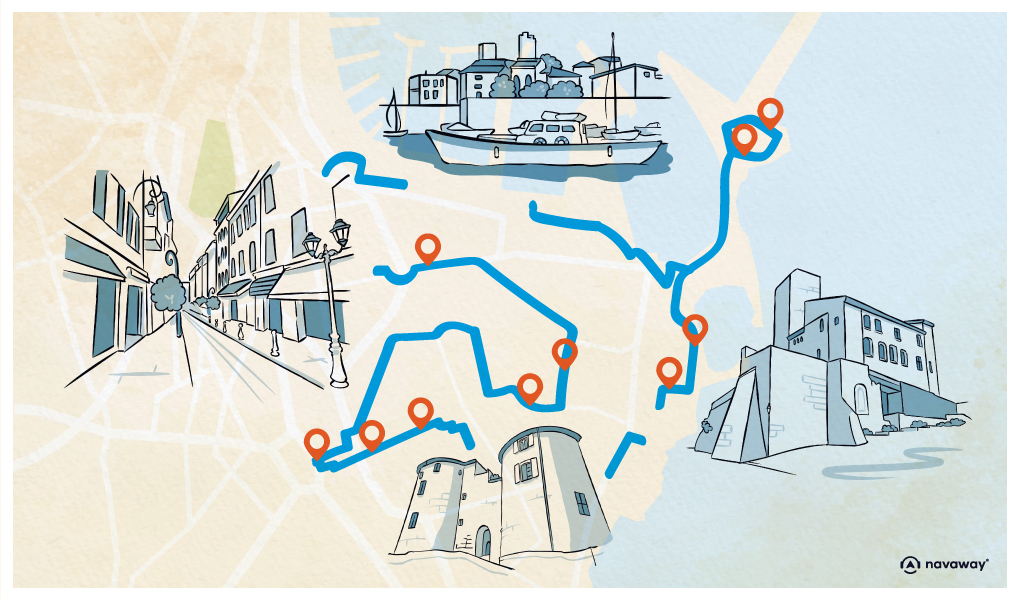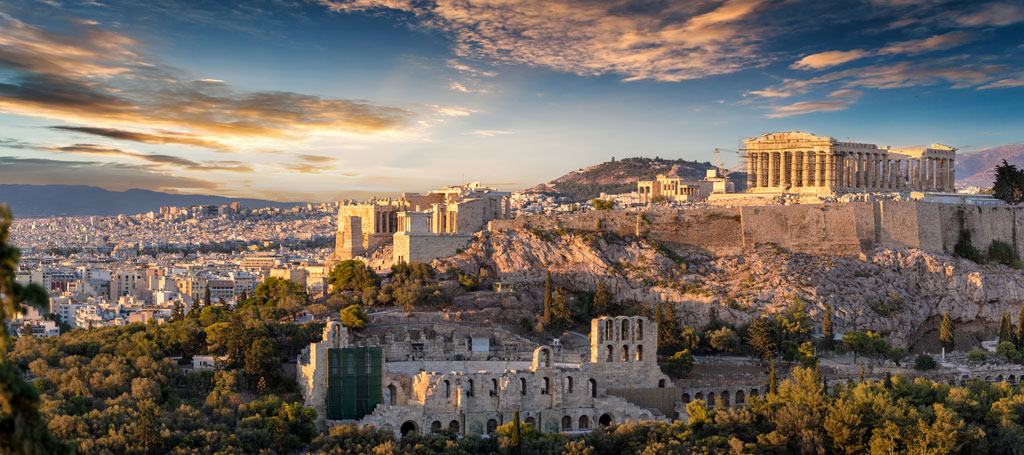
Grimaldi Castle

This point of interest is available as audio on the tour: Visit Antibes, Let’s head to the French Riviera
The Grimaldi Castle is one of the most important landmarks in Antibes. It’s building started in the 11th century on the foundations of a former Roman structure. The surrounding stones, rising 3 to 5 meters high, are actually remnants from Antiquity. Once a fortified tower, the original building became the residence of the bishops of Antibes From the 5th century and throughout much of the Middle Ages. In 1385, the Grimaldi family arrived and settled in the castle, marking the beginning of over two centuries of rule by this wealthy Genoese dynasty. They rebuilt the structure during the 15th century, giving it the appearance it has today. In 1608, the King of France purchased the town from the Grimaldis, annexing Antibes into the French kingdom. The Grimaldi family then moved to the Château de Cagnes, which has recently been renovated. The castle was later used as the royal governor’s residence, then briefly housed the town hall, and eventually served as a military barracks until 1924. A year later, the city of Antibes bought the castle and turned it into the Grimaldi Museum, dedicated to the town’s history and heritage. At the time it already featured historical and archaeological artifacts designed to showcase Antibes’ past. In 1946, Pablo Picasso stayed in Antibes. The museum’s curator, Romuald Dor de la Souchère, offered him a room in the castle to use as a studio. Picasso worked there for two months, leaving behind many drawings and paintings when he departed. In 1957, he was named an honorary citizen of Antibes, and in 1966, the castle officially became the Picasso Museum in his honor. Over the years, more of Picasso’s works were added to the collection, which now includes over 245 pieces. You’ll also find engravings by Paul Lequet and Claude Raimbourg, paintings by Nicolas de Staël and Fernand Léger, and sculptures and drawings by other major 20th-century artists. It’s a must-visit if you’re passionate about art! f you decide not to go inside, I’d still suggest you take a walk around the castle, which stands right by the sea. If you head toward the water, you’ll find the Promenade Amiral de Grasse, a popular path offering stunning views over the Mediterranean. Just behind the castle on the promenade stands the “Colonne à la Mer”—a striking sculpture created by Bernard Pagès in 1989. Made of stone, concrete, and metal, it was installed to celebrate the bicentenary of the French Revolution and proudly displays the colors of the French flag: blue, white, and red. Feel free to check it out before continuing your visit! And don’t worry—we’ll come back to the promenade a little further along the route. But for now, let’s head to the cathedral.


Discover Antibes with app
An interactive guide through the most beautiful streets, squares, and districts
22 fun audioguides full of historical facts, anecdotes, and legends





Comments